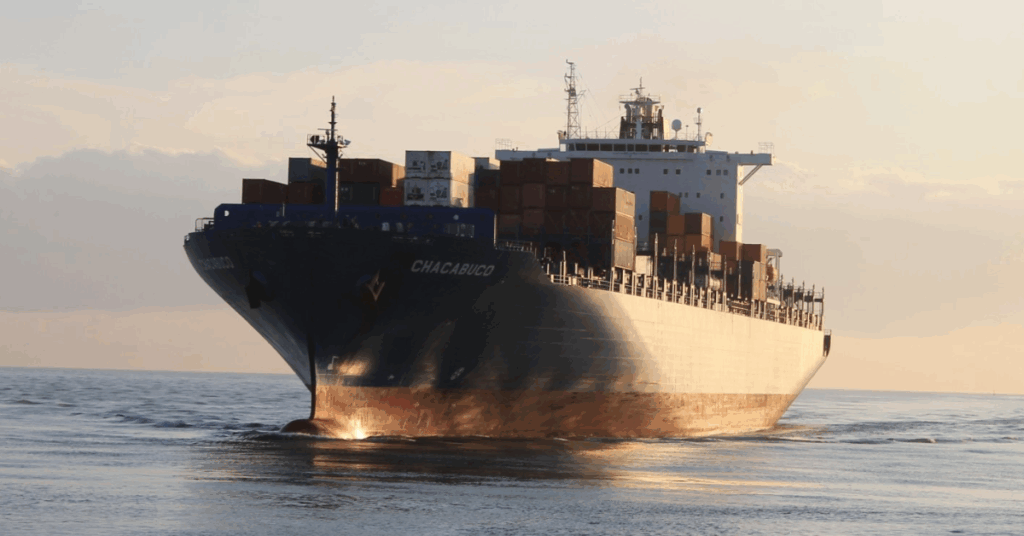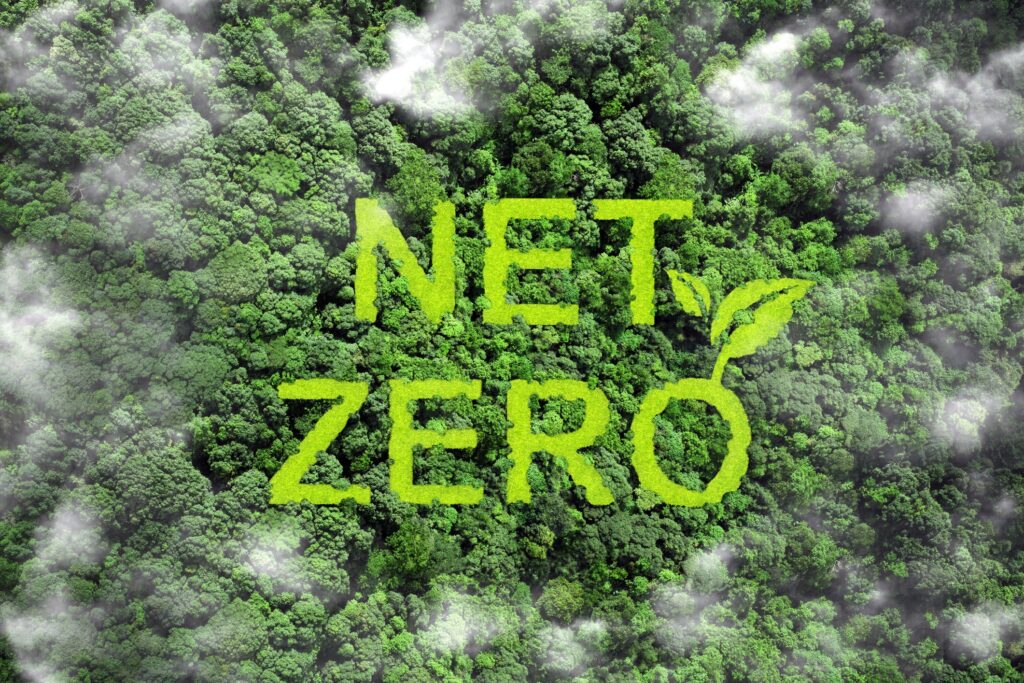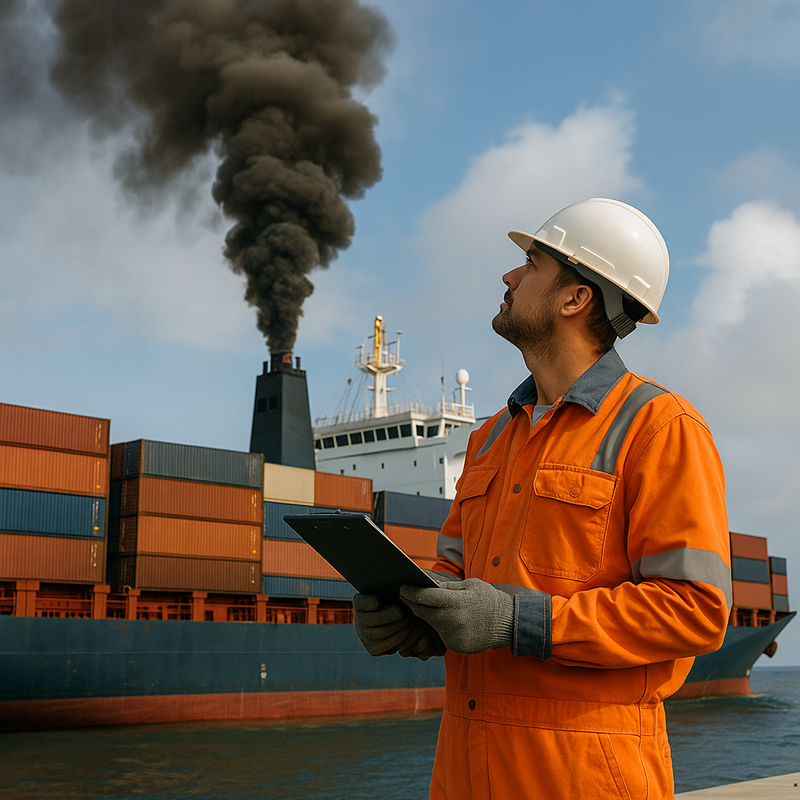The latest International Maritime Organization’s Marine Environment Protection Committee meeting – MEPC 83 – took a more aggressive approach to maritime decarbonization regulations. The meeting represented a major step toward aligning regulations with the IMO’s 2023 GHG Strategy, as well as further strengthening the vision to reach net-zero greenhouse gas emissions from international shipping by or around 2050. Understanding these changes will be crucial to anyone who wishes to stay competitive in a more carbon-conscious shipping environment.
Key Regulatory Developments from MEPC 83
One of the most important outcomes of MEPC 83 was the approval of draft amendments to MARPOL Annex VI, which are intended to achieve medium-term emissions reductions. The amendments, to be adopted formally at the MEPC session in October 2025, introduce a fuel-based regime of emissions known as GHG Fuel Intensity (GFI). Under this regime, ships over 5,000 gross tonnage on international voyages will be required to reduce the greenhouse gas intensity of their fuels from as early as March 2027.
The GFI regime sets out two performance standards:
- A baseline level in line with long-term IMO goals
- A stricter direct compliance level
Ships above the latter can receive excess compliance units, which may be traded or banked. The former will incur monetary penalties, the level of payment depending on the degree of noncompliance. A newly proposed IMO Net-Zero Fund will collect these fees—intended to promote cleaner operations and fund energy transitions, especially in developing nations.
A full explanation of the GFI system and levels of compliance is outlined in the ClassNK MEPC 83 summary report.
Refining Short-Term Climate Regulations
MEPC 83 focused on more than just long-term policy. The session also finalized revision of the near-term Carbon Intensity Indicator (CII) methodology. Effective 2027, the annual reduction rate will increase from 2% to 2.625% per annum, leading to cumulative reduction of 21.5% by 2030 – below 2019 levels. Revisions will put near-term greenhouse gas emission cuts in line with the IMO’s overall strategy. Earlier committee sessions reached a consensus on initiating these revisions.
Further Shipping Energy Efficiency Management Plans (SEEMP) amendments also show the IMO’s move towards more precise reporting. Starting in 2026, vessels will be required to record detailed data on fuel consumption by equipment type and operational stage, for instance, periods of non-voyage operation. The transparency is essential to gauge compliance but also encourage internal accountability among operators and charterers.
Data Transparency and Digital Reporting
In an effort to make monitoring emissions more transparent and actionable, MEPC 83 supported changes to the IMO’s Data Collection System (DCS). The changes will enable parties to have access to non-anonymized ship-level data while making anonymized global data publicly available. This shift towards transparency is a significant opportunity for organizations that use primary data to derive emissions such as Greenabl to standardize reporting to international standards. It also introduces an aspect of visibility that can inform procurement, routing, and carrier selection decisions on the basis of quantifiable carbon performance.
Environmental Compliance Beyond CO₂
Since carbon intensity was on the agenda, MEPC 83 also touched on broader environmental demands. The committee set the North-East Atlantic Ocean as a new Emission Control Area (ECA), imposing tight sulfur content and NOx emission limits from 2028. This comes after recent extensions in Canadian and Norwegian waters, indicating growing attention on aligning air pollution measures with climate objectives.
The committee also endorsed proposals allowing bunker vessels to carry fuel blends with a biofuel content of up to 30%. This provision, transitional in both nature and application, indicates an increasing regulatory receptiveness to biofuels as a transitional energy source. In addition, changes to Selective Catalytic Reduction (SCR) systems will institute further monitoring standards that will further tie operations to NOx abatement compliance.
Strategic Implications for Logistics Leaders
MEPC 83 made maritime decarbonization regulations a core business concern from a compliance matter. Logistics and supply chain decision-makers should take away:
- Benchmark your emissions performance early
- Compare your existing emissions to the upcoming GHG Fuel Intensity (GFI) limits to determine areas of compliance shortfall and opportunity.
- Include carbon cost in freight procurement
- Consider how IMO-mandated penalties and incentives might influence total cost of ownership for shipping lanes and carrier selection.
- Align route and carrier strategy
- Optimize your logistics network with both operational effectiveness and emissions compliance in mind—carbon intensity is now a cost factor.
- Prepare internal systems for longer-term reporting
- Make your emissions data granular, verifiable, and aligned with new SEEMP and IMO DCS reporting needs.
- Leverage platforms like Greenabl to stay audit-ready
- Leverage Greenabl’s technology to automate reporting, visualize exposure, and develop a roadmap to decarbonized shipping operations.
Why Greenabl Matters in a Post-MEPC 83 World
Logistics professionals need a partner who can help them take policy to performance in an increasingly advanced regulatory landscape. Greenabl’s platform measures, monitors, reduces, and offsets emissions at the operations level—while enabling interaction with new mechanisms like surplus credit trading and compliance fund contribution monitoring.
MEPC 83 is not just a harbinger of things to come. It’s an imperative. Investing in preparation today is investing in being more compliant, and better prepared, both regulatory and commercially, tomorrow.
Looking to Spearhead Shipping Regulation Developments?
Contact Greenabl today and discuss with one of our experts how your business can remain at the leading edge of the greener, ocean-led economy.
Frequently Asked Questions (FAQs)
What are maritime decarbonization regulations and how do they affect B2B logistics?
The IMO developed these maritime decarbonization regulations as a global framework to reduce emissions from ocean shipping. These rules include emissions limits, fuel intensity targets, and expanded reporting standards. B2B logistics teams must adapt their procurement and operations to remain compliant and competitive.
What is the GHG Fuel Intensity (GFI) regulation and when will it take effect?
GFI regulations require vessels over 5,000 GT to reduce the greenhouse gas intensity of their fuels. The rules are expected to be formally adopted in October 2025, with enforcement beginning as early as March 2027.
How does the IMO Net-Zero Fund work?
The fund collects payments from ships that exceed fuel intensity limits. It then redistributes those funds to accelerate the adoption of low- and zero-emission technologies, and to assist developing countries with energy transitions.
How can Greenabl help me prepare for compliance with MEPC 83 regulations?
Greenabl provides data-driven solutions that measure CO₂ emissions from ocean shipping, help forecast regulatory impact, and streamline reporting. The platform also supports strategies to reduce and offset emissions in alignment with IMO standards.


